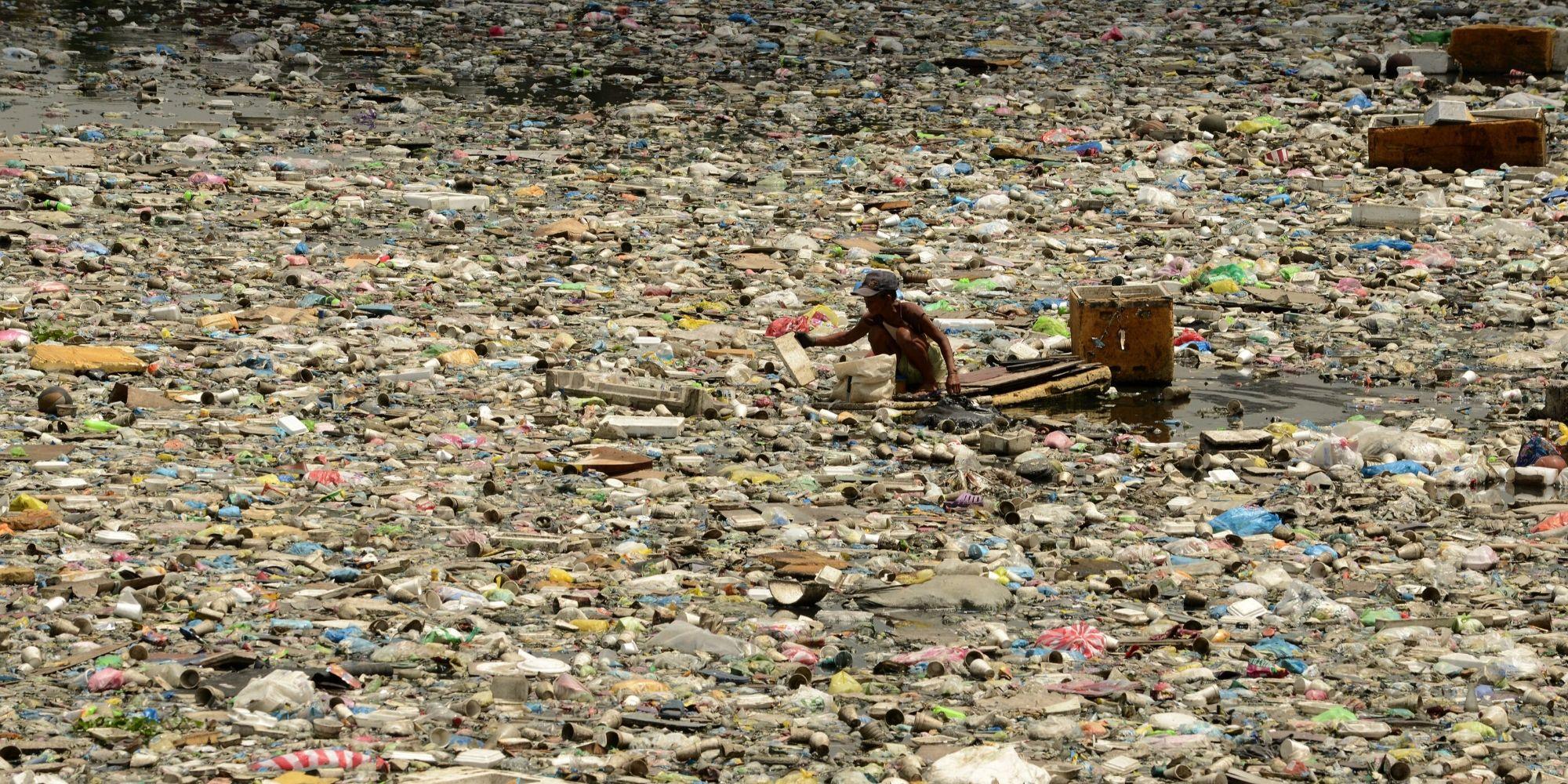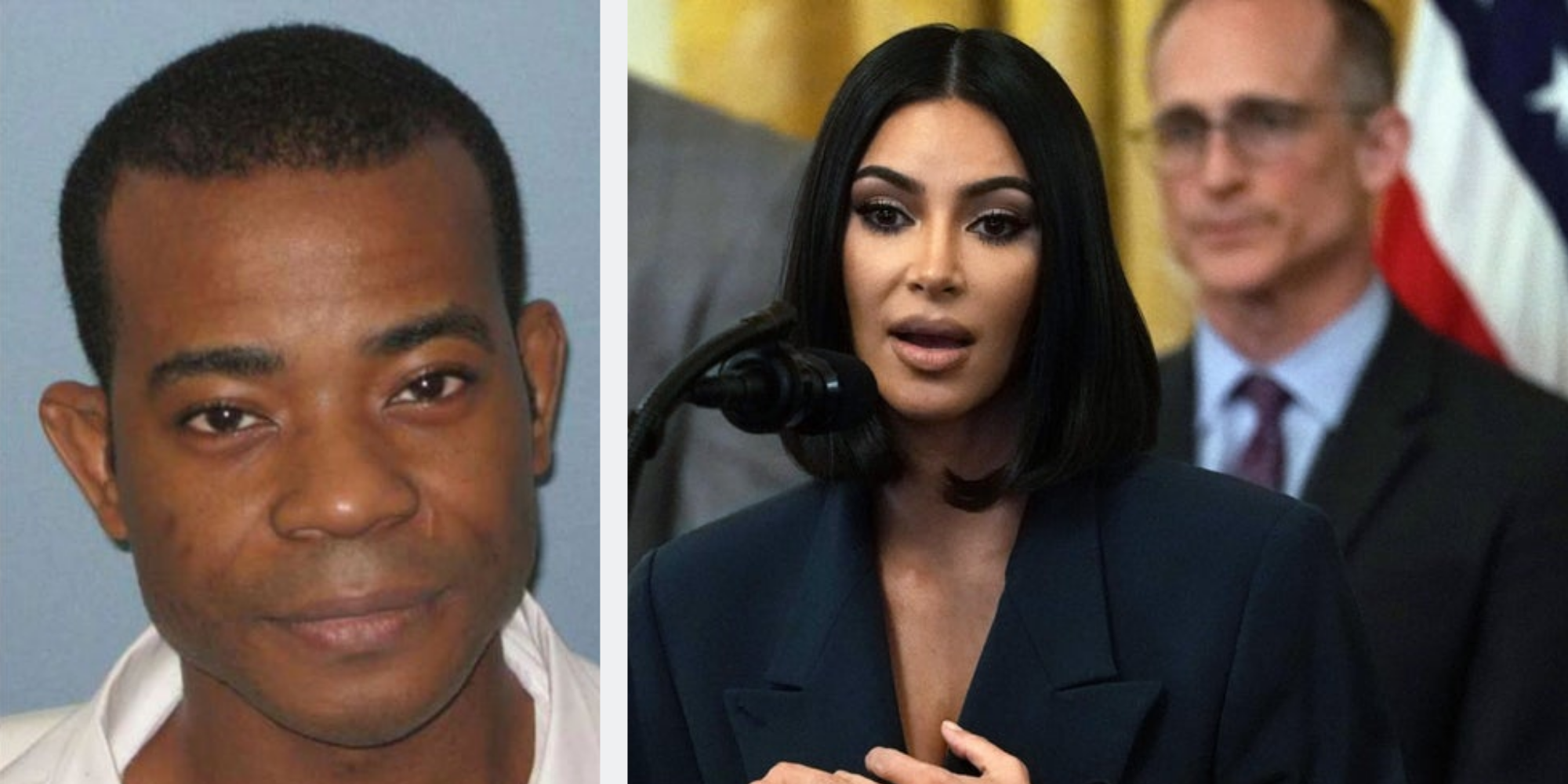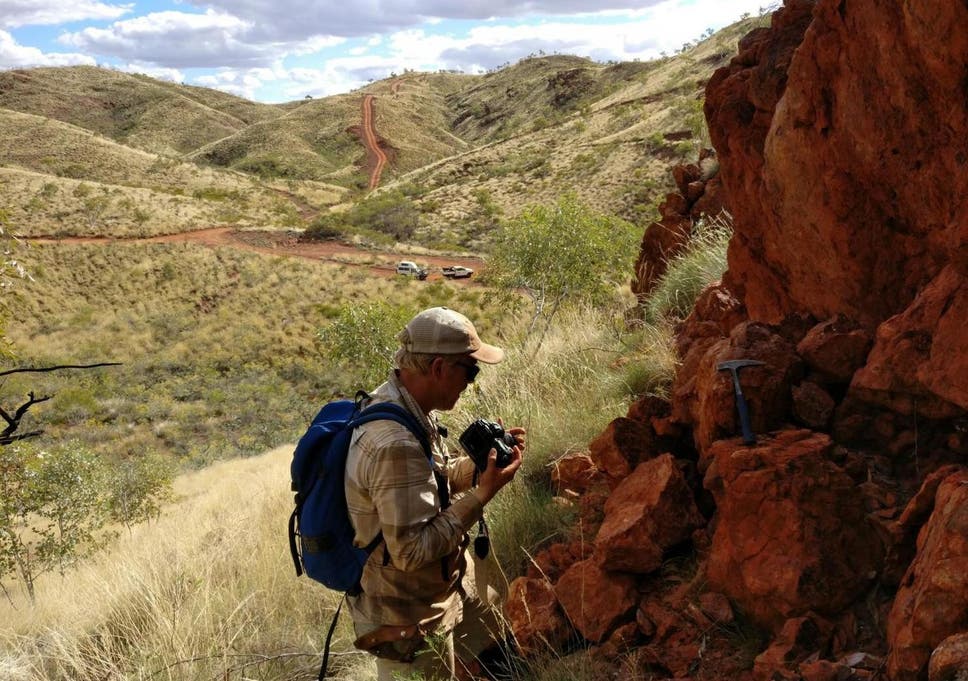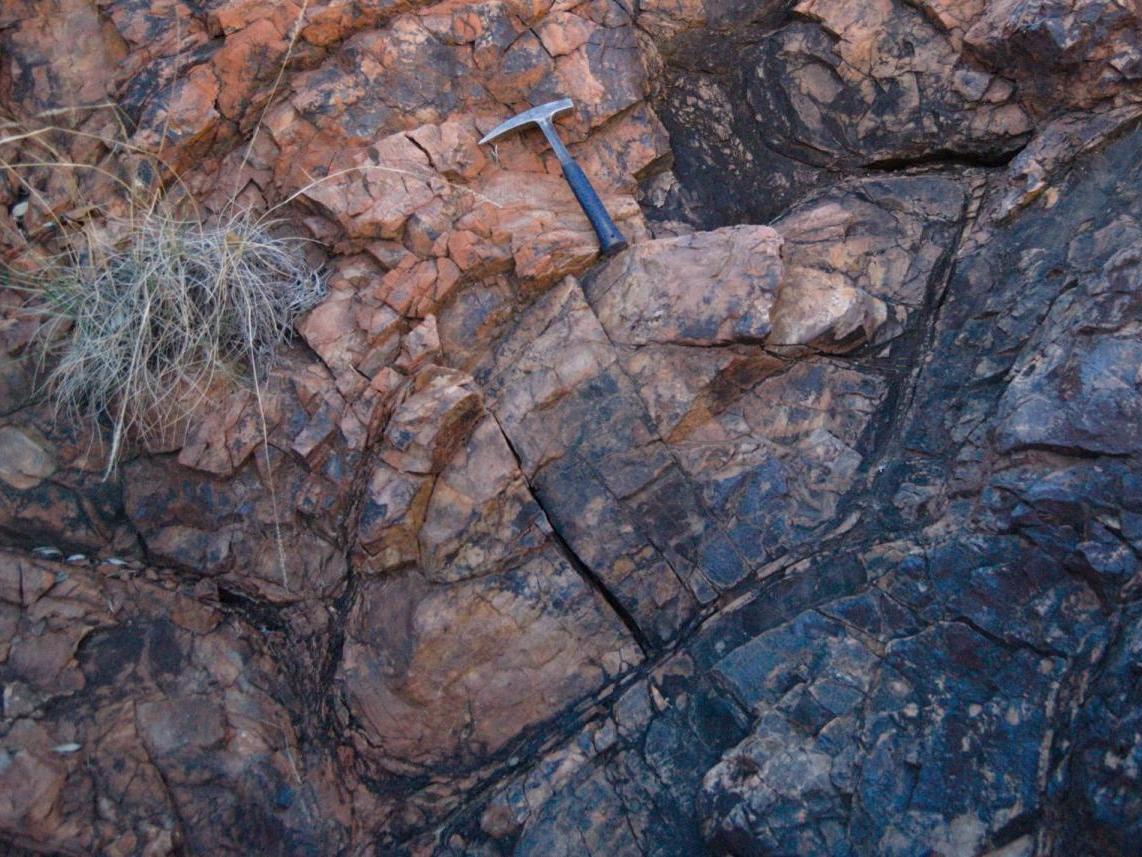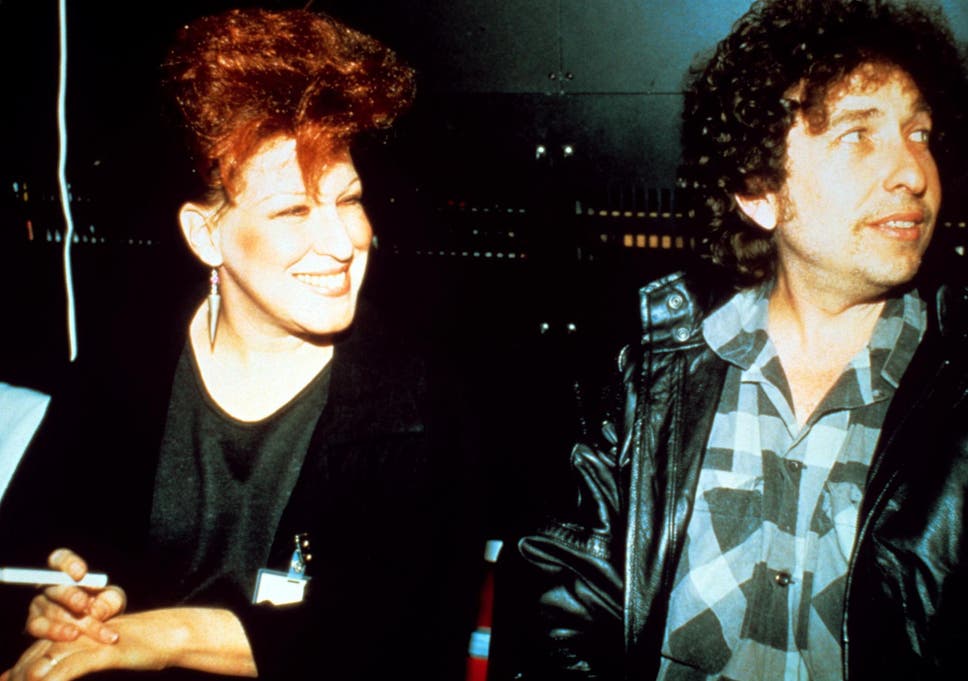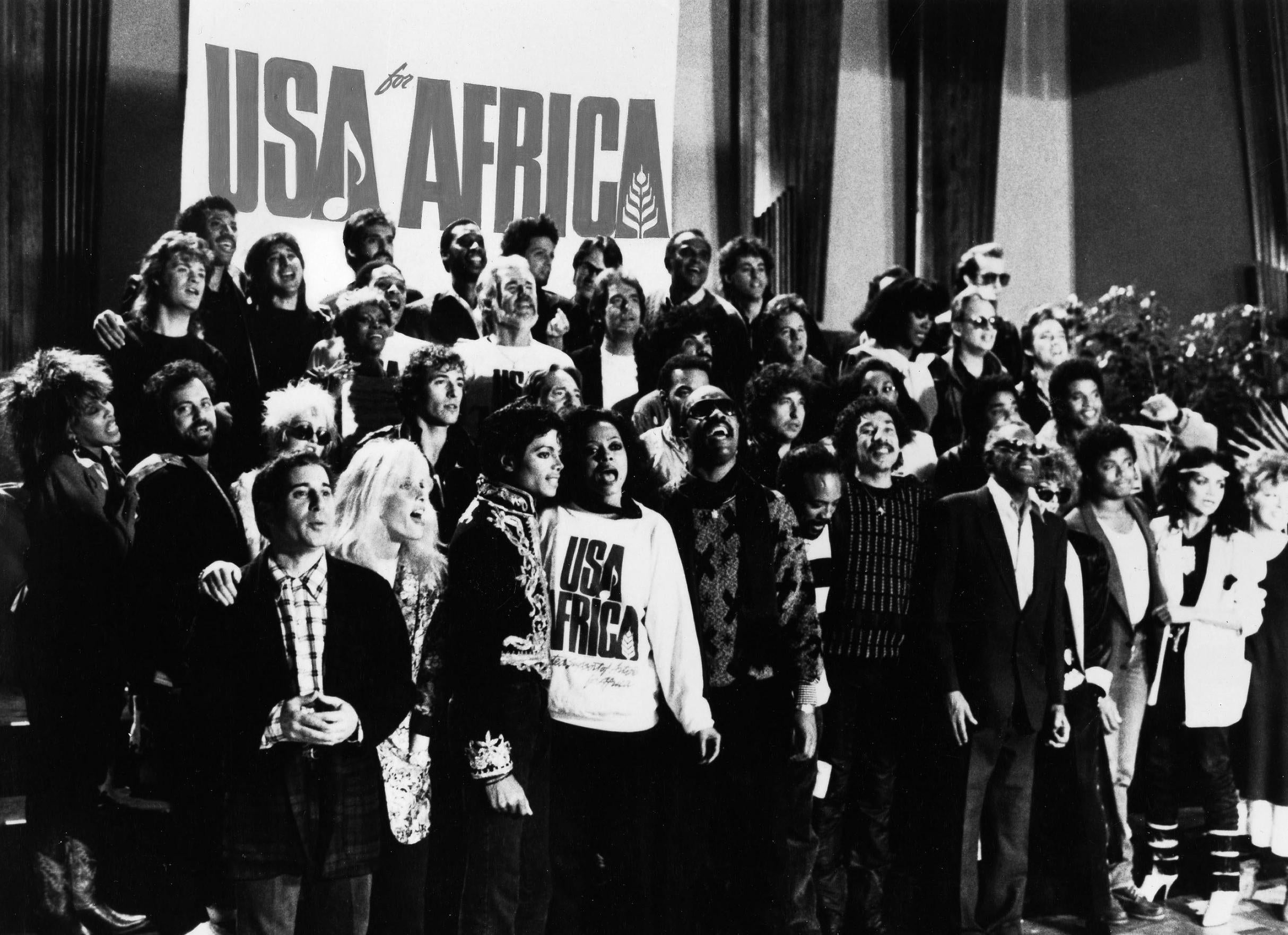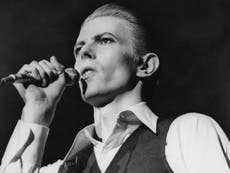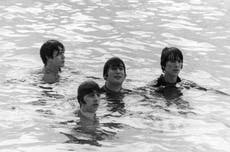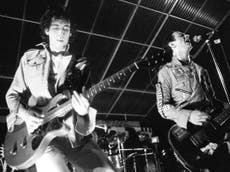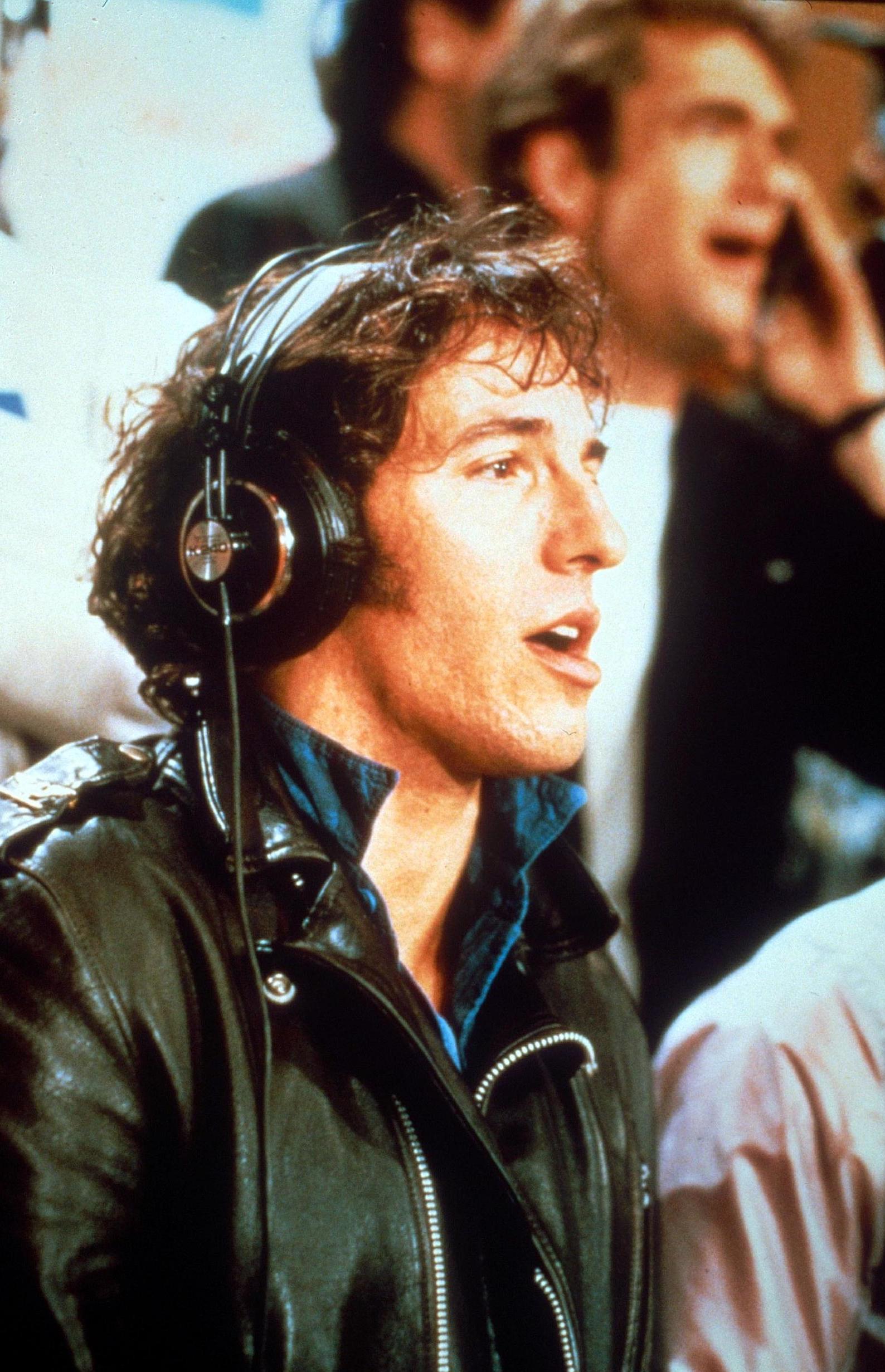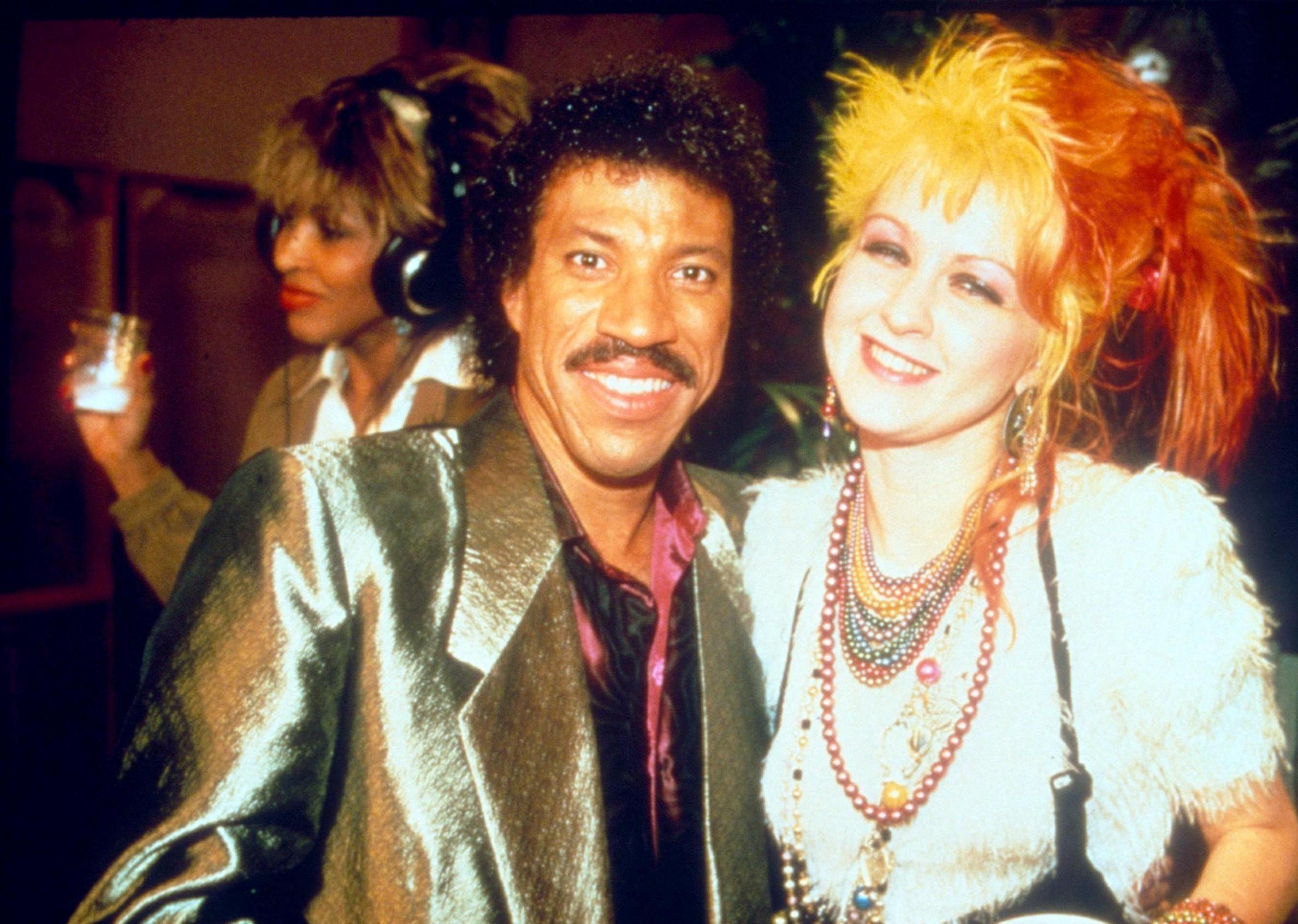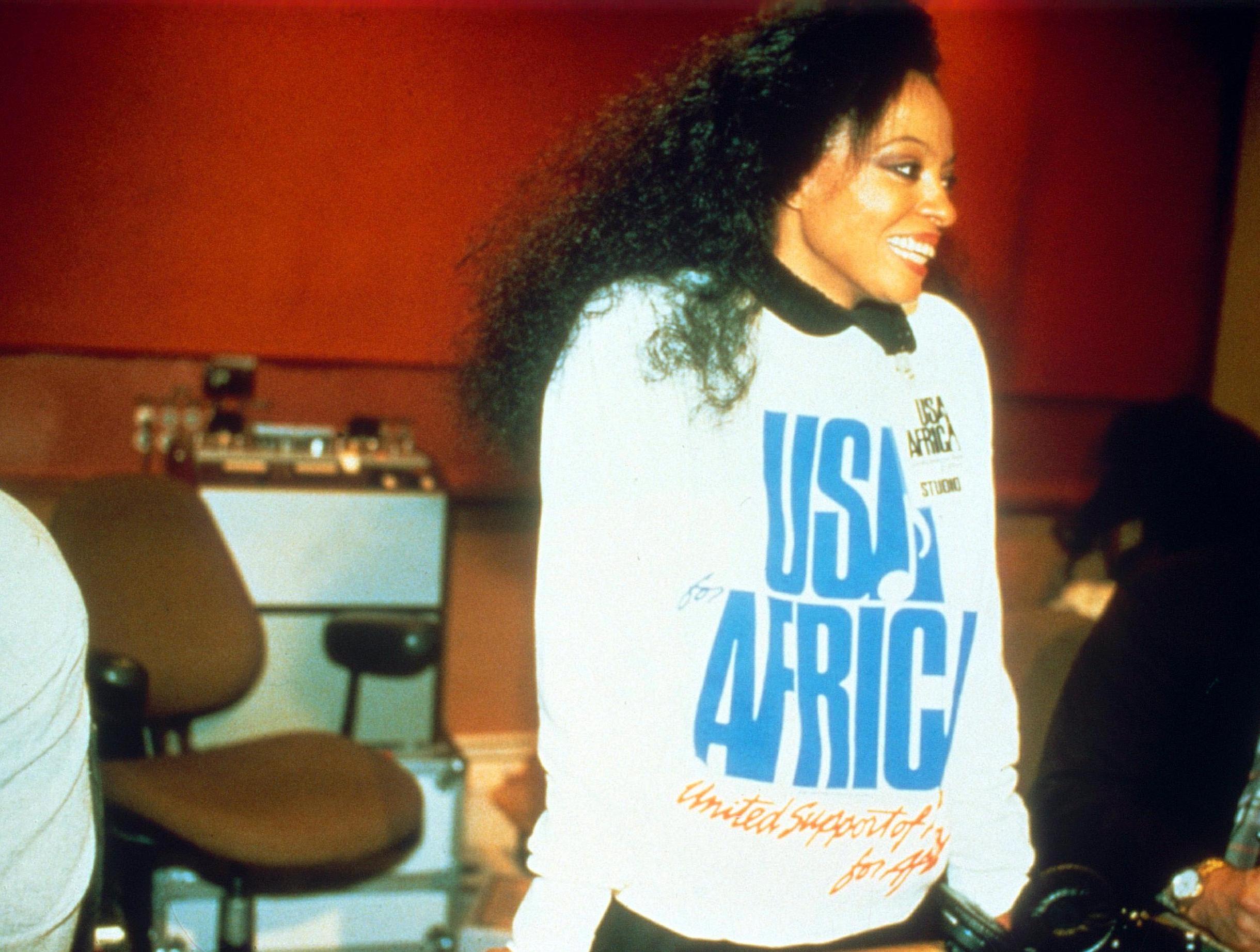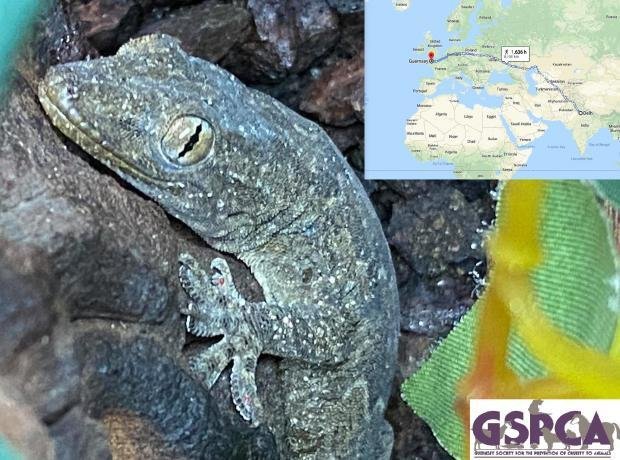UPDATED
These cleaners kill coronavirus: Lysol, Clorox, Purell products make EPA's disinfectants list
ANNOTATED BY A PROFESSIONAL CUSTODIAL CONSULTANT, ME
The U.S. Environmental Protection Agency has released a list of disinfectants to protect against the spread of the coronavirus.
According to the EPA, products on the list have "qualified for use against COVID-19" through the agency's Emerging Viral Pathogen program where manufacturers provide the EPA with data that "shows their products are effective against harder-to-kill viruses."
Coronaviruses are what are called enveloped viruses, "meaning they are one of the easiest types of viruses to kill with the appropriate disinfectant product," the EPA says.
“Using the correct disinfectant is an important part of preventing and reducing the spread of illnesses along with other critical aspects such as hand washing,” EPA administrator Andrew Wheeler said in a news release. “EPA is providing this important information in a public and transparent manner on disinfectant products to help reduce the spread of COVID-19.”
TO DISINFECT A SURFACE PROPERLY,
SEE WHAT THE INSTRUCTIONS OR SAFETY SHEET TELLS YOU THE DILUTION RATIO IS. THE DISINFECTANT MIGHT BE READY TO USE OR MAY NEED TO BE DILUTED
FIRST USE SOAP AND WATER TO CLEAN THE SURFACE OR YOU CAN USE THE DISINFECTANT, TO CLEAN THE SURFACE FIRST.
NEXT APPLY DISINFECTANT
LET SIT WET ON THE SURFACE TO WORK, DISINFECTANTS NEED DWELL TIMEON A SURFACE TO WORK ANYWHERE FROM FIVE MINUTES FOR VIROX TO TEN -FIFTEEN MINUTES FOR BLEACH AND BLEACH BASED PRODUCTS.
AGAIN READ THE INSTRUCTIONS OR GO ONLINE AND DOWNLOAD THE MATERIAL SAFETY DATA SHEET MSDS FOR THE PRODUCT, BY PRODUCT NAME.

The EPA released a list of disinfectant products that "have qualified for use against the coronavirus.
The Centers for Disease Control and Prevention says that for "disinfection, diluted household bleach solutions, alcohol solutions with at least 70% alcohol, and most common EPA-registered household disinfectants should be effective."
The CDC also mentioned another list with EPA-approved "emerging viral pathogens claims" from the American Chemistry Council Center for Biocide Chemistries. Many of the same products from the EPA list also are on the list.
The EPA says consumers should follow the directions and pay "close attention to the contact time for the product on the treated surface."
The agency notes there may be additional disinfectants that meet the criteria that could be added to the list.
EPA list of registered disinfectants
Here are some of the registered disinfectants on the EPA’s list. Find the full here.
Clorox Disinfecting Wipes
Clorox Commercial Solutions
Clorox Disinfecting Spray
Clorox Multi-Surface Cleaner + Bleach
Klercide 70/30
Lonza Formulation
Lysol Clean & Fresh Multi-Surface Cleaner
Lysol Disinfectant Max Cover Mist
Lysol Heavy-Duty Cleaner Disinfectant Concentrate
Oxycide Daily Disinfectant Cleaner
Peak Disinfectant Wipes
X-Ray Apron Cleaner Disinfectant
All Purpose Virox
IN CANADA WE ALSO USE A PRODUCT CALLED VIROX, A SUPER HYDROGEN PEROXIDE DISINFECTANT SAFER THAN BLEACHES OR QUATS CONTACT A JANITOR SUPPY HOUSE TO PURCHASE IT.
Peroxide Multi Surface Cleaner and Disinfectant
Peroxide Disinfectant and Glass Cleaner
Purell Professional Surface Disinfectant Wipes
Sani-Prime Germicidal Disposable Wipe
Sani-Prime Germicidal Spray
The American Chemistry Council's Center for Biocide Chemistries posted a list of disinfectants referred to as "fighting products" at Americanchemistry.com, which the website said were pre-approved by the EPA and "for use against emerging enveloped viral pathogens and can be used during the 2019 novel coronavirus (COVID-19) outbreak." The website said it was providing the information as a "public service," but notes the list is "not exhaustive" but can be used to "identify products suitable for use against COVID-19."
Cosa Oxonia Active
Microban 24 Hour Multi-Purpose Cleaner
Microban 24 Hour Bathroom Cleaner
Lemon Disinfectant
Cosa Oxonia Active
Clear Gear Sports Spray
Foster First Defense
Sani-Spritz Spray
Don-O-Mite
One-Step Disinfectant Cleaner
X-Ray Apron Cleaner Disinfectant
All Purpose Virox
IN CANADA WE ALSO USE A PRODUCT CALLED VIROX, A SUPER HYDROGEN PEROXIDE DISINFECTANT SAFER THAN BLEACHES OR QUATS CONTACT A JANITOR SUPPY HOUSE TO PURCHASE IT.
SaniZide Pro 1 Spray
Maxim GSC Germicidal Spray Cleaner
Bright Solutions Lemon Zip Disinfectant
Simple Green Clean Finish
DO NOT USE QUATS!!!!!!!!!!!!!!!!!
YOU ARE NOT TRAINED IN USING THEM AND
THEY HAVE A SPECIFIC USE PER GERM USE TOO MUCH OR TOO LITTLE AND IT CREATES CONDITIONS FOR BUGS TO BUILD RESISTANCE
QUATS ARE A PESTICIDE THEY KILL GOOD AND BAD GERMS INDISCRIMINATELY
IF USING GET THE MSDS SHEET AND READ IT. YOU REQUIRE CHEMICAL PROOF GLOVES, GOGGLES AND N95 RESPIRATOR MASK TO USE QUATS SAFELY
SIMPLY PUT DO NOT USE QUATS
TB Quat Disinfectant
REScue Ready to Use One Step Disinfectant Cleaner & Deodorizer
Zep Spirit II
Zep Quick Clean Disinfectant
Stepan Spray Disinfectant Concentrate
Buckeye Sanicare Lemon Quat
3M Quat Disinfectant Cleaner Concentrate
Symplicity Sanibet Multi-Range Sanitizer
Pine Quat
Quaternary Disinfectant Cleaner
TruShot Disinfectant Cleaner for Hospitals
TruShot Disinfectant Cleaner Restroom Cleaner & Disinfectant
NEVER USE A ANTIMICROBIAL CLEANER IT IS HIGHLY TOXIC TO GOOD AND BAD BUGS, IF IN DOUBT USE SOAP AND WATER
Zep Antibacterial Disinfectant & Cleaner
Bioesque Solutions Botanical Disinfectant Solution
Formula 17750 Wintermint
Formula 17822 Deo-Clean Multi
Neutra-Tec 64
Tito's warns customers: Vodka is not a safe hand sanitizer
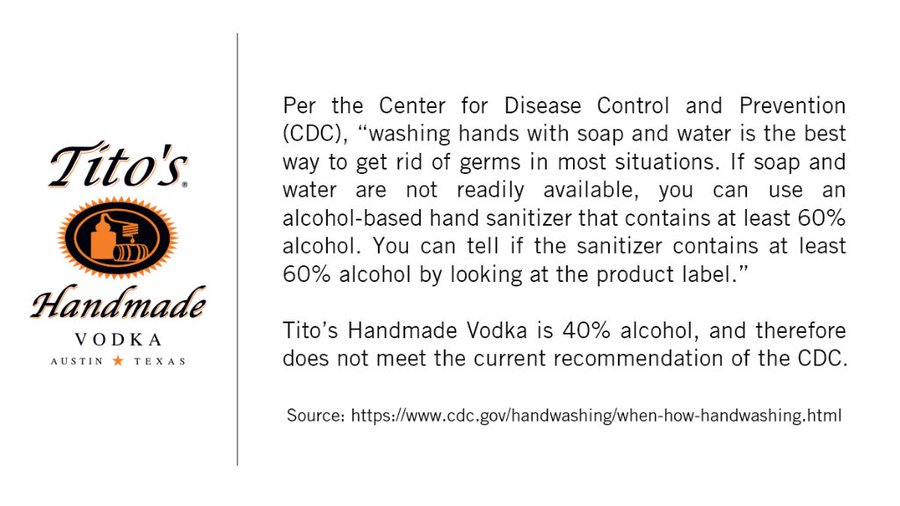
March 6 (UPI) -- The Texas-based makers of Tito's Handmade Vodka issued an unusual statement in response to a customer's comment: Do not use vodka as hand sanitizer.
The issue was raised Thursday when a customer said on Twitter that they had been using Tito's Handmade Vodka to make homemade hand sanitizer.
"I made some hand sanitizer out your vodka. The hand sanitizer doesn't taste bad either. Cheers to Tito's vodka. Keeping me germ-free and feeling good at the same time," the customer wrote.
Tito's responded with a serious statement warning other customers not to follow their example.
"Per the CDC, hand sanitizer needs to contain at least 60 percent alcohol. Tito's Handmade Vodka is 40 percent alcohol, and therefore does not meet the current recommendation of the CDC," the brand tweeted.
Per the CDC, hand sanitizer needs to contain at least 60% alcohol. Tito's Handmade Vodka is 40% alcohol, and therefore does not meet the current recommendation of the CDC. Please see attached for more information.
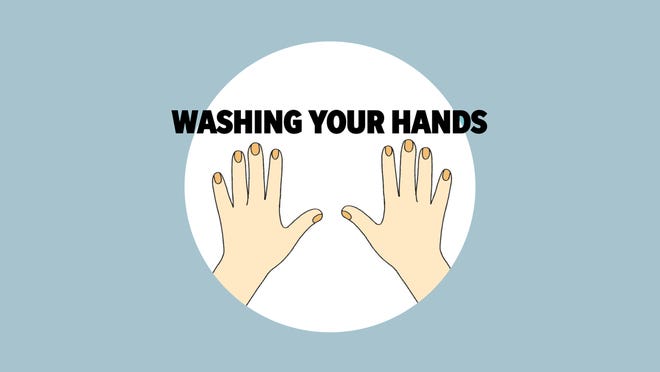
Preventing coronavirus: Wash hands
With an alcohol-based hand sanitizer:
- Put product on hands and rub hands together
- Cover all surfaces until hands feel dry
- This should take around 20 seconds
With soap and water:
- Wet your hands with warm water. Use liquid soap if possible. Apply a nickel- or quarter-sized amount of soap to your hands.
- Rub your hands together until the soap forms a lather and then rub all over the top of your hands, in between your fingers and the area around and under the fingernails.
- Continue rubbing your hands for at least 15 seconds. Need a timer? Imagine singing the “Happy Birthday” song twice.
- Rinse your hands well under running water.
- Dry your hands using a paper towel if possible. Then use your paper towel to turn off the faucet and to open the door if needed.
SEE
https://plawiuk.blogspot.com/2020/03/coronavirus-lingers-in-rooms-and.html
